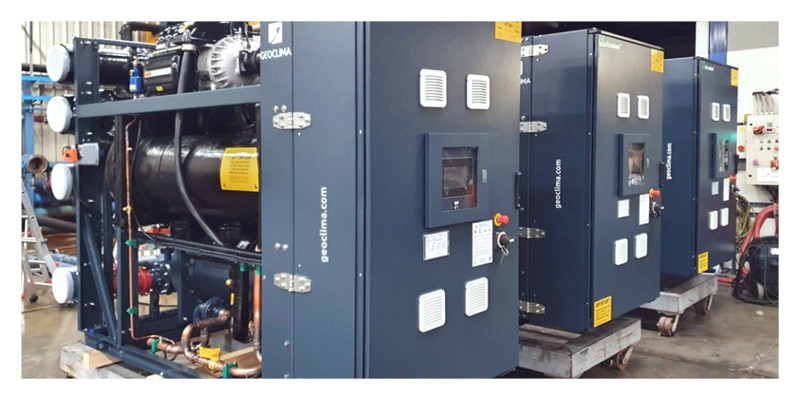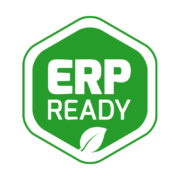Hospitals are very complex areas, where indoor air plays an essential role. As the study conducted by Dr Allen shows – we wrote about it in our latest post – a good indoor environmental quality within hospitals and care facilities brings significant benefits to both patients and staff. For instance, surveys reveal that in “green hospitals” there are fewer blood stream and nosocomial infections and fewer deaths among patients, there also is a higher quality of care and, as a result of all these factor, faster recoveries.
Bearing all this in mind, it is clear that indoor air is a key aspect with great impact on the overall ambient conditions. Many factors influence IAQ (indoor air quality) within hospitals: patients, staff, outdoor air and the building itself.
Patients are the main reason to ensure a high quality environment and, at the same time, are the main source of contaminants. Staff are always in contact with contaminants and, then, are a good vehicle for bacteria. As for outdoor air and building structure, it is clear that they are essential factors: dirty rooms and uncontrolled temperature and humidity may be dangerous for both patients and staff.
To ensure the best indoor air quality and a stable environment, relying on a proven, efficient and highly reliable cooling equipment is fundamental. Temperature and humidity levels must be kept under control, especially in particularly critical rooms, such as operating theatres and laboratories. At the same time, it is also important to reduce acoustic emissions and vibrations, as they are fundamental aspects that impact the general comfort within the hospital, for both patients and staff.
In such a complex scenario, HVAC systems must be designed with the greatest care and customised to meet all specific requirements and deliver the best performance and conditions.
Efficiency, great performance and reliability are important aspects in all air conditioning systems, but become essential in HVAC systems that must be installed in hospitals and care facilities.
Geoclima has developed many units for almost 20 projects for hospitals around the world, ensuring not only great performance and the highest reliability, but also state-of-the-art controls to always monitor the operation of the units and, as a consequence, to keep indoor air quality always under control.
Here are a couple of case studies about Geoclima units installed in hospitals. One is about the University Hospital of Wales and the other one is about the Hong Kong Baptist Hospital. Both projects concerned Turbomiser chillers, which turn out to be a very good solution for this type of applications.
The oil-free magnetic bearing Turbocor compressor is the cleanest and greenest compressor for HVAC systems available on the market today, as it requires no oil, no oil filters, no oil pumps, no crankcase heater and thanks to its lean structure and the limited number of components and moving parts, the risk of refrigerant leakage is dramatically reduced. Turbomiser units are also a very good solution as far as noise emissions are concerned: with the frictionless compressor, Turbomiser units provide very quiet operation, with sensitive results in terms of comfort.
Download our Reference List








